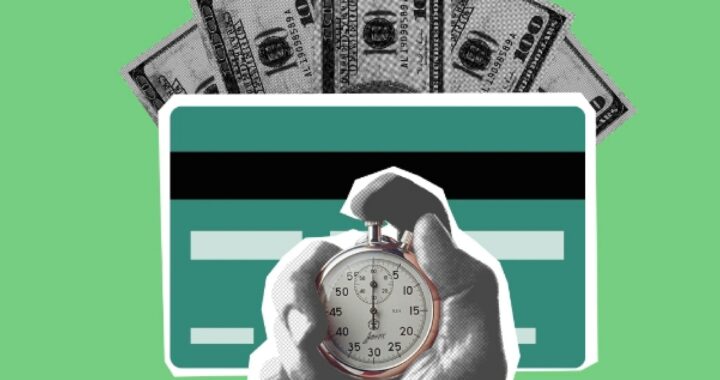
How to Invest in Viola Brands -Your Guide to a Sound Financial Decision
How to Invest in Viola Brands
I’ve always been fascinated by the unique combination of craftsmanship, history, and sound that makes each viola special. As a passionate music enthusiast and investor, I understand that investing in viola brands isn’t just about putting your money somewhere; it’s about becoming part of a rich musical narrative.
When you’re looking to invest in viola brands, there are several key factors to consider. You should think about the brand’s reputation for quality and innovation, as well as its market position and potential for growth. It’s also crucial to consider the specifics of the instrument itself – its materials, craftsmanship, and sound.
In my journey through this fascinating world of stringed instruments investment, I’ve gathered some insights that I believe will be valuable for both seasoned investors and beginners alike. Let’s dive into how to successfully invest in viola brands!

Understanding the Viola Market
I’ll let you in on something, investing in violas isn’t merely about buying an instrument and hoping for its value to increase over time. It’s a sophisticated market with several factors at play. You’ve got to have your eyes wide open and be ready to understand these dynamics.
First off, it’s crucial to recognize that not all violas are created equal. The brand matters significantly. For instance, old Italian brands like Stradivari or Guarneri could fetch millions at auctions due to their rich history and superb craftsmanship – but they’re obviously not within everyone’s reach. Meanwhile, contemporary makers such as Peter Greiner or Hiroshi Iizuka are also gaining recognition for their innovative designs.
Here are some important things you need to consider:
- Brand Reputation: Renowned brands often hold their value better.
- Age & Condition: Older violas aren’t necessarily more valuable; the condition is critical too.
- Sound Quality: This can be subjective but generally impacts a viola’s worth.
Next up is supply and demand – the overriding principle of economics holds true here as well. Let me tell you an interesting fact: There were only around 600 violas made by Stradivari, and less than half of those survive today! That scarcity drives up prices when one does come on the market.
Lastly, don’t forget about investment returns. While investing in viola brands might not yield quick profits like stocks or bonds might, it offers stable long-term growth potential.
| Factor | Impact on Viola Value |
| Brand Reputation | High |
| Age & Condition | Variable |
| Sound Quality | High |
So there you go! The viola market certainly has its complexities but understanding these aspects can set you on the right path towards making sound investments in this niche.





